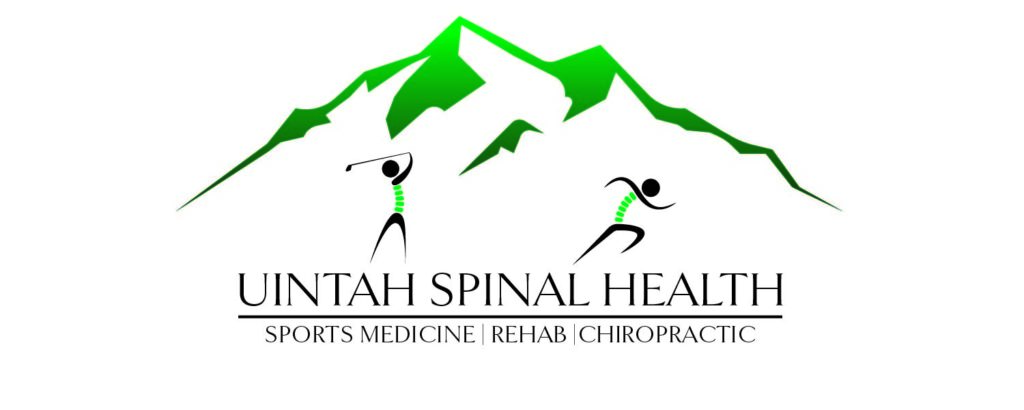What to Expect in Our Neck Evaluation
Here at Uintah Spinal Health our goal is to not only find the source of pain but to also find the underlying causes that lead to that pain. If you are dealing with shoulder, elbow, wrist, hand or even finger pain we will also evaluate the neck to determine if those areas are a referral pattern from the neck.
Our Evaluation Process
First, we want to go through a full body movement evaluation to determine in general how your body is moving. This will help bring forward any areas that may not be moving the best and need further investigation. If we find a general area of the body that is not moving well, we will dive deeper into that area and break down each surrounding joint.
Second, we like to move through orthopedic and neurological testing. This will help us test the structures and nerves in the area and investigate what might be the source of pain.
Third, we will move through muscle and joint palpation to test the integrity and mobility of those muscles and joints of interest. Sometimes if these joints and muscles have tension in them and are not moving in their most optimal state, they can be the underlying cause of your discomfort.
If through our evaluation we believe imaging needs to be done, we will refer you out to our medical partners in the area that we trust.
After all the information is gathered, we will start treatments that day and create a tailored treatment plan for you.
If you or somebody, you know, is dealing with neck pain, back pain, or arm pain come see us. Call our office or schedule online. We’d love to help you get back to full recovery.
When dealing with neck pain or discomfort, treatment may look different for each patient since each treatment plan is different and tailored to their specific needs. If there is a patient that does not like the cracking noise in their neck when being adjusted, there are still ways to treat their neck pain.
Where Do We Start
We will often begin with some soft tissue work or manual therapy with some instrument assisted scraping tools. We may also utilize cupping, manual stretching and even some dry needling depending on the case.
Manual Therapy
When dealing with neck pain we will use a simple trigger point targeted stretch that is aimed at the base of the skull, targeting tiny muscles called the suboccipitals or aimed at the back of the neck targeting the upper trap muscle. Trigger points are just some little nodules or tiny knots that are sitting within the muscles that can be a source of neck pain.
When we find a trigger point and we are using a manual therapy approach, we will pinch the trigger point with one hand and then stretch the muscle out. This will be repeated a couple times to help release the tension in those muscles.
Cupping
When performing cupping, the idea is to place the cup over the muscle that is possibly causing pain. This will help increase the blood flow to that area and release fascial and muscle tension.
Scraping Technique
We may also use these metal tools and run them along the muscles that we think are the pain generators. This has the same idea of helping the muscle release tension that they are holding and causing the neck pain.
Dry Needling
If we think it will be clinically helpful, we may also use the technique of dry needling. This is when we find a trigger point in the muscle and use a needle to get the trigger point to release. This technique is very powerful because it will address the muscle itself by getting through the skin and getting directly into the trigger point in the muscle and increase blood flow and create a pro-inflammatory response.
All these techniques will have similar results and a similar goal of decreasing tension or trigger points within the muscles that may be pain generators.
